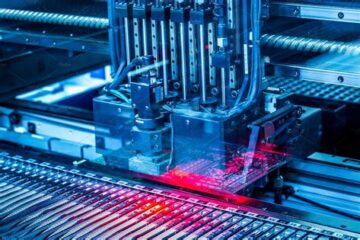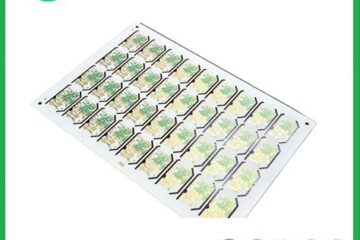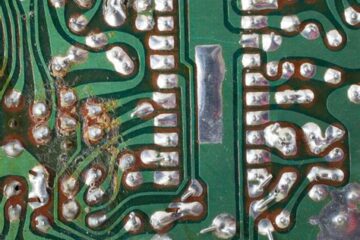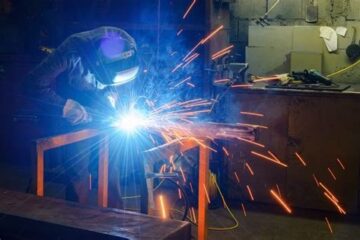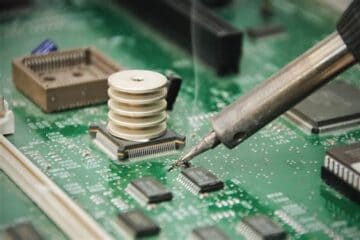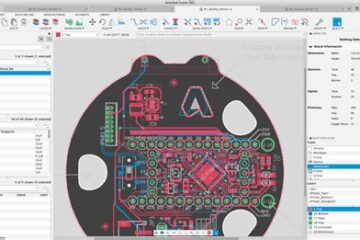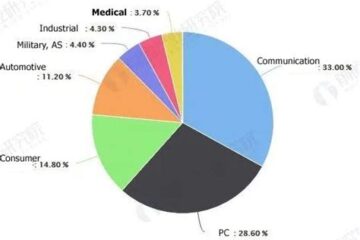PCBA
Questions & Answers on PCB Fabrication
What Are the Main Steps in PCB Fabrication? The PCB fabrication process can be broken down into several key steps: Design: Creating the circuit schematic and board layout using EDA (electronic design automation) software Printing: Printing the circuit pattern onto the copper laminated board Etching: Chemically removing unwanted copper to leave behind the desired circuit Drilling: Drilling holes for through-hole components and vias Plating: Plating and coating the board to prevent oxidation and improve solderability Read more…
